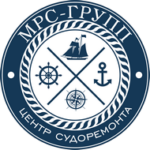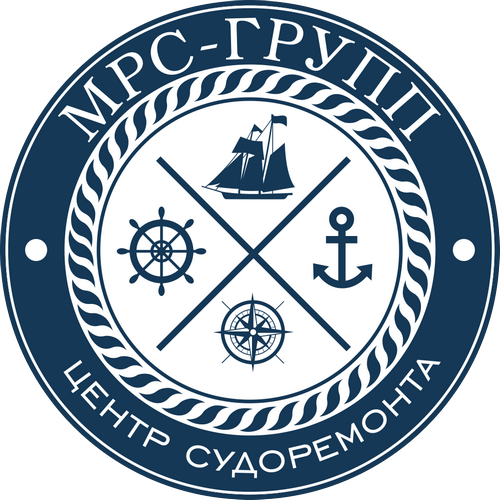Any ship owner is interested in quick solution of problems arising in the process of operation. The ability to perform emergency repairs of the vessel can significantly reduce downtime, and hence the financial loss of the owner.
Emergency repair: underwater inspection
This stage provides an opportunity to assess the scope of work and the reality of repairs without docking. Planned or unscheduled inspection of the underwater part of the hull is a mandatory measure designed to assess the risks of further operation. It requires the use of special equipment and tools.
The whole process of inspection before the emergency repair is filmed on a television camera, the image is transmitted to the monitor directly during the inspection. The survey is carried out by specialists-divers who have the right to conduct such operations, the supervision is carried out by a representative (inspector) of the classification organization. Qualified inspection of the ship afloat allows:
- To assess the hull plating;
- To determine the status of the cathodic and anodic protection;
- Detect breaks, cracks and dents;
- To fix the defects in the lattices of Kingston;
- To evaluate the propulsion group.
- Emergency underwater work on the ship
Underwater repair works
Without the use of docks can be performed a significant part of the repair activities including:
- purification of the tail feathers and screw elements from foreign objects;
- elimination of leakage with the use of a patch and a cement box or by welding a doubler;
- update of deadwood gland packing;
- the replacement of elements of the tread;
- sportovanie and cementing holes from missing bolts;
- treatment of damaged edges of screw blades;
- if it is necessary to repair the bottom-Board equipment, the plug of the Kingston is carried out.
Emergency repair: hull cleaning
In preparation for the inspection and underwater repair of the vessel, it is necessary to clean the surface from biological layers, cleaning not only opens access to the hull for specialists, but also restores the ship’s driving performance, reducing fuel consumption. Colonies of marine organisms are the cause of many troubles. The layer with a thickness of up to half a meter, and in advanced cases and exceeding this figure, provokes the occurrence of biochemical corrosion, increases fuel consumption up to 30%, reduces the speed, has a cavitation effect on the propeller blades.
For cleaning, mechanical and hydrodynamic methods for removing the build-up are used. The mechanical method with the use of hydraulic metals allows you to quickly clean large areas of the underwater part of the vessel, when cleaning hard-to-reach places, hydrodynamic cavitation is used. Both technologies eliminate the violation of the basic coating.
The deadline depends on the application!


